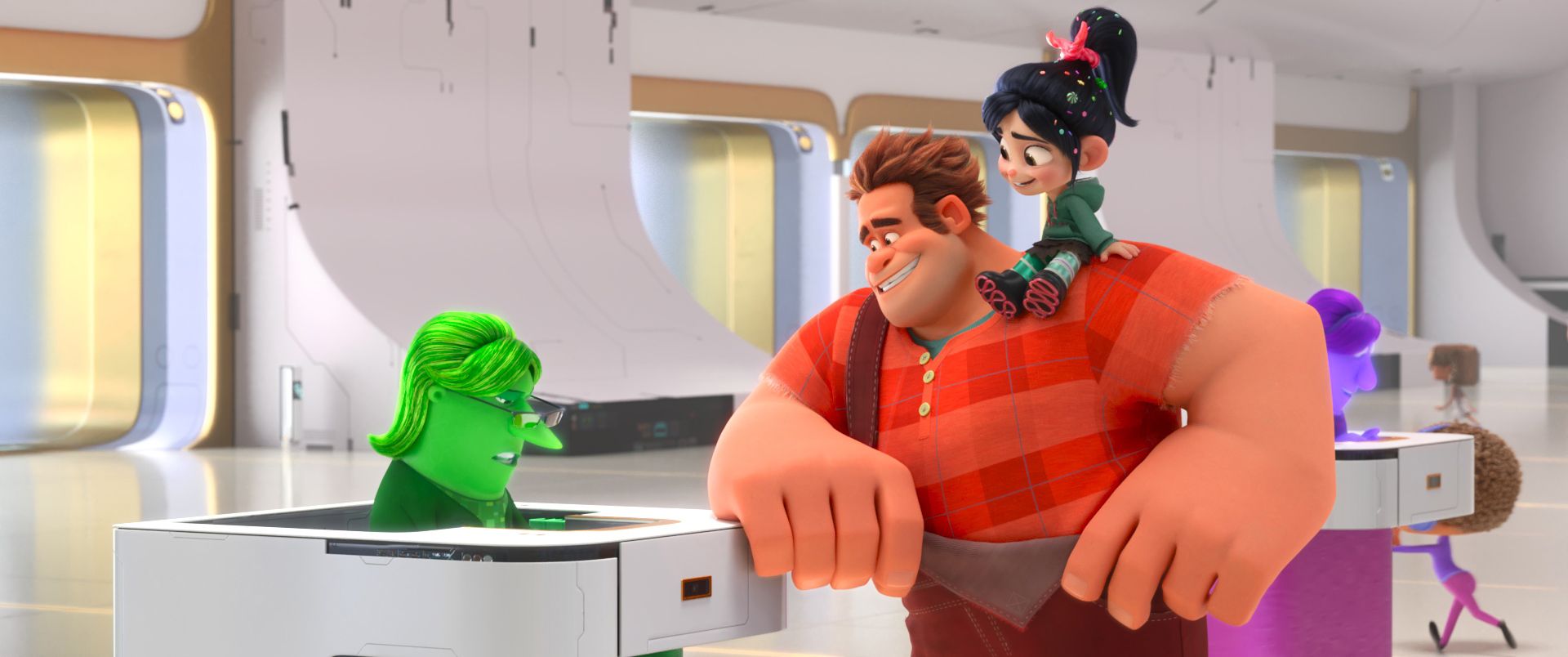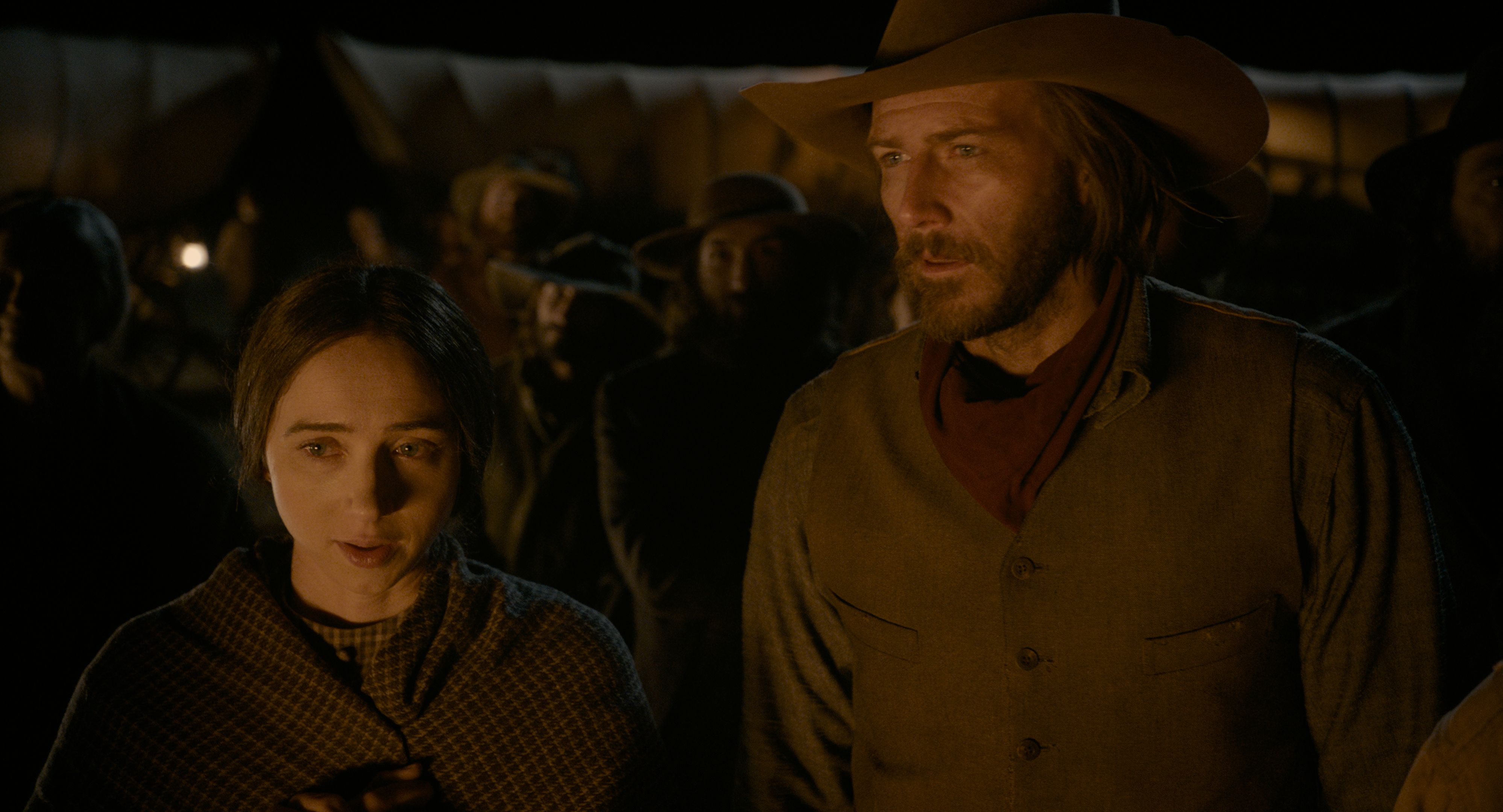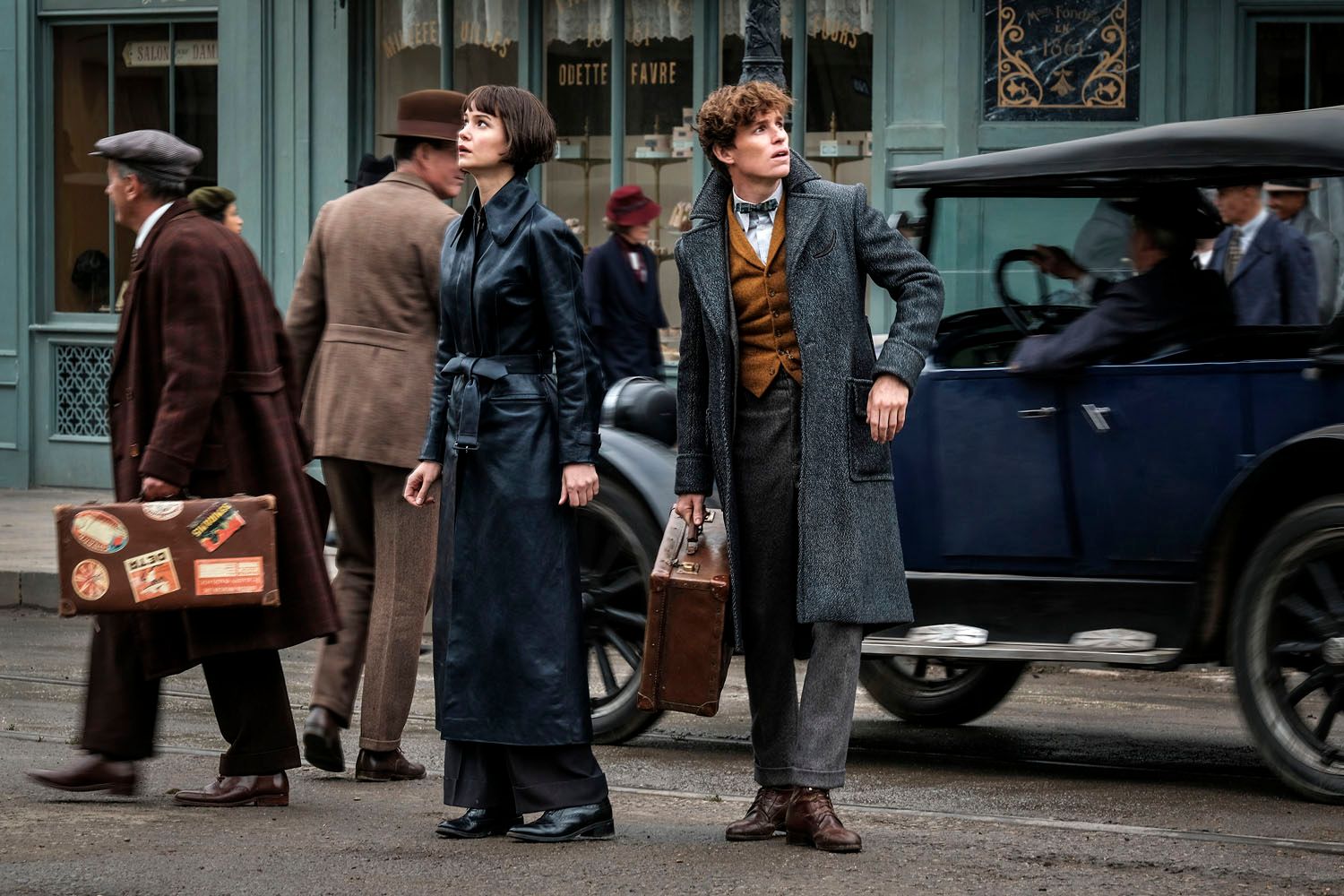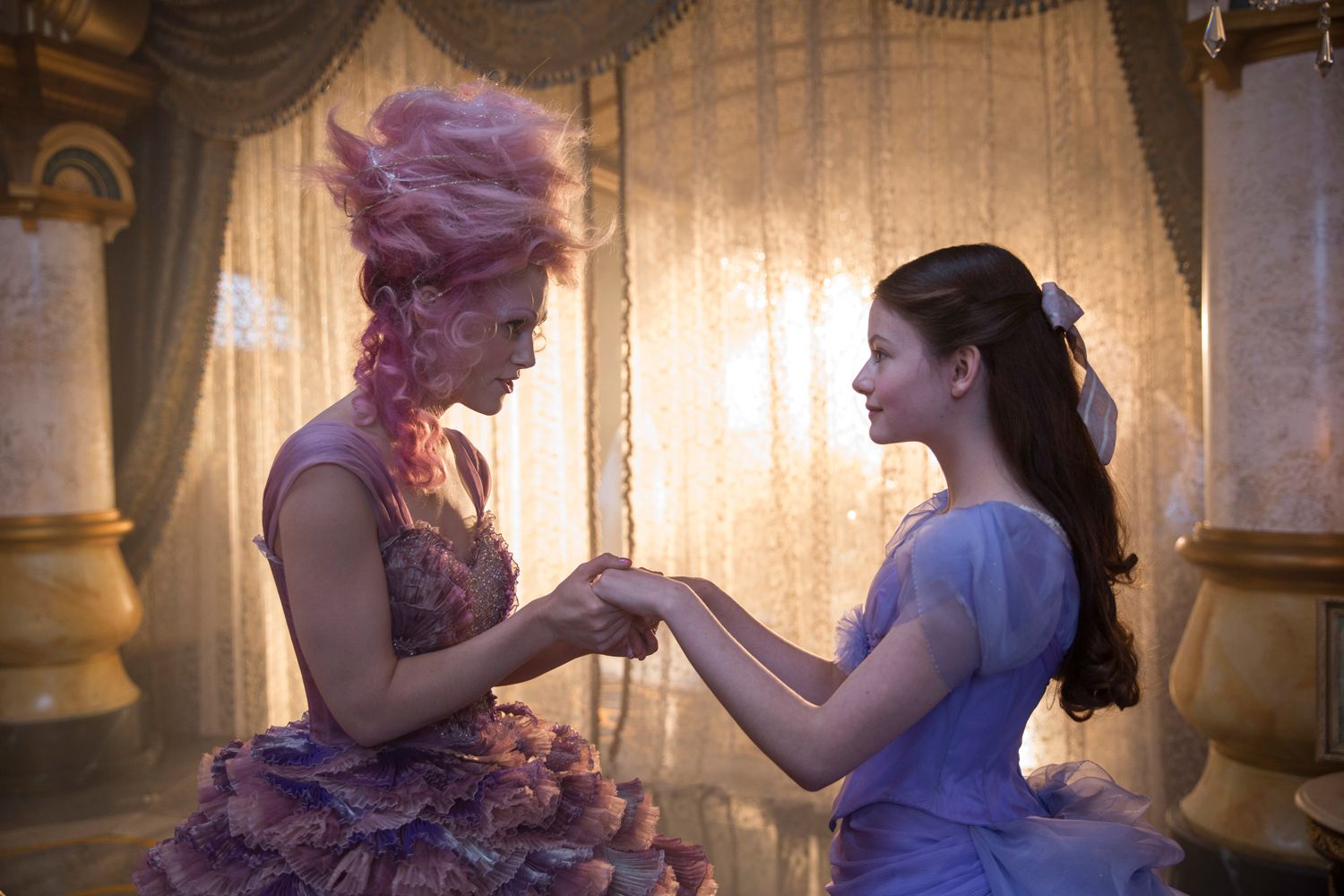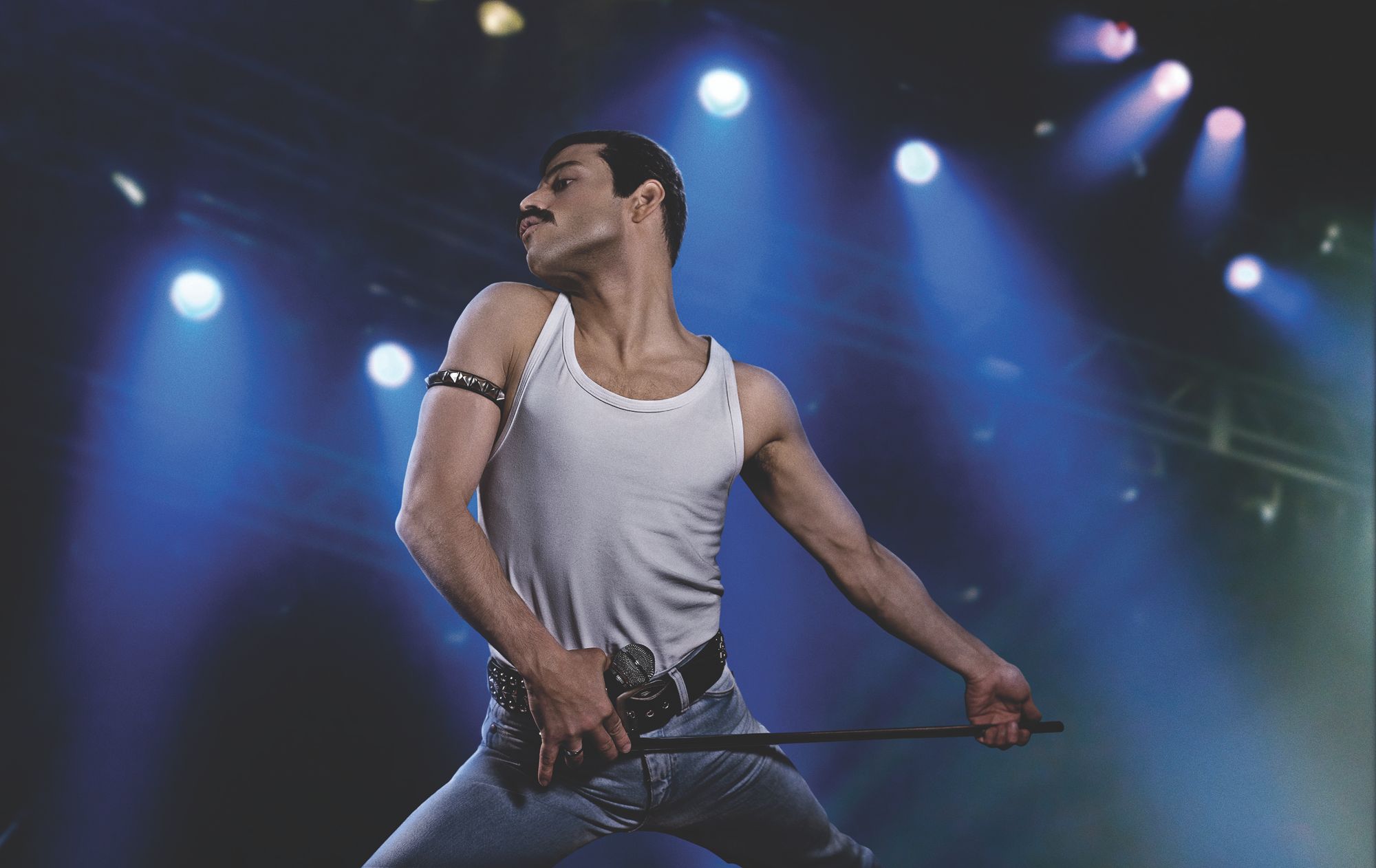Ralph Breaks the Internet is a cacophony of good intentions and bad ideas all wrapped up in breathtakingly shameless corporate self-promotion. Because it's a Walt Disney Animation production it has the expected high level of production quality. The animation is brightly colorful, richly detailed and vividly lively, with genuine emotion in its characters' expressions, a sturdy stretch to their movements, and a quick wit in its visual bounce. It lacks, however, the timelessness of the studio's best work. The production is wedded to an idea that'll age like ice cream left outside on a summer day, one that's exploited for as many cringing product placements as it is good narrative and comedic potential. It takes the main duo of arcade video game characters from Wreck-It Ralph, the title guy (John C. Reilly) and Princess Vanellope (Sarah Silverman), and contrives a reason for them to travel to the internet. There they find a land that's been cleverly designed under the guidance of Zootopia directors Rich Moore and Phil Johnston. There are Funko Pop-shaped avatars of humans representing browsers zipping hither and thither through a digital metropolis that's half Coruscant, half Reboot's Mainframe. There are digital sprites representing code and algorithms: a sleazy pop-up promoter (Bill Hader), a nerdy search bar (Alan Tudyk), a trendy viral video softer (Taraji P. Henson), a cool mean streets race game heroine (Gal Godot). (Disney reliably gets top notch voice performance.) 'Tis all good so far as it goes, though mired in a sort of passé techno-Utopianism, its Information Superhighway vision not nearly as dystopian as anyone reading the news the last decade would imagine now. (A few family-friendly nods to the Dark Net and ads promising "sassy housewives" merely hint at the terrors Disney dare not name.) Though there is a fine throughline in which our heroes realize the internet enables their worst selves, projecting and exaggerating their insecurities on a global scale, the name of the game is largely product placement. They fly by Twitter, Facebook and Google, crash into Pinterest, and run through EBay. And in its most astonishing feat of corporate synergy, the film's peak of both entertainment and self-promotion, Vanellope ends up at Oh My Disney dot com, where she sees pavilions devoted to Star Wars, Marvel, and classic Disney animation characters. This dizzying sequence has a few good jokes and includes a mostly funny and warm princess reunion at which everyone from Snow White to Moana shoots the breeze in a green room. They're so much fun together I wondered why Disney didn't just skip the Ralph stuff loaded up with instantly-dated web links and do a straight up Princess Avengers. So there are some good ideas here, but they're buried under an exhausting barrage of hollow references and time-stamped winking.
A much better time spent with Hollywood extending preexisting Intellectual Property can be had across the multiplex hall in Creed II. This crowd-pleaser continues the story of Adonis Creed (Michael B. Jordan), the son of legendary boxer Apollo Creed best known for his fights with Rocky Balboa (Sylvester Stallone, returning for the eighth time in the role of his career), where Ryan Coogler left it a few years ago. It continues to be a frequently low-key, tender, and melancholic character piece restoring the fine emotional shadings of the earlier series' better entries. Between rousing boxing matches, shot with verve and sweat, and cut crisply and cleanly to emphasize every punch, every swing, every dodge, with strategic clarity, there's plenty of time consider Adonis's relationships with his girlfriend (Tessa Thompson), his mother (Phylicia Rashad), and his mentor, Rocky himself. As sturdily directed by Steven Caple Jr, this is compelling, sympathetic material, brought to life by Jordan's easy charisma and energy and the ensemble's naturalistic chemistry. It's a film built to care deeply and empathetically about the life of a boxer, one who is still fighting the shadow of his late father while trying to grow not only fame and skill, but the maturity needed to become his own man. So it's a finely shaded sports film, building real emotional life in its rise-fall-rise plotting, earnestly interested in its fathers-and-sons, rivals-and-family rumination. Because it cares so persuasively and persistently about its character's humanity, it's all the more effective and exciting when the bone-crunching boxing begins. I was surprised how invested I was, finding myself reacting with "oof!"s and "yes!"es at every turn of the matches. I was moreover surprised to see how deftly the movie, like its predecessor, mines pathos and subtlety out of some of the Rocky series' broader backstory. In this case, it's Rocky IV's super-Soviet boxer Ivan Drago (Dolph Lundgren), who here is a weary human-scale antagonist, ruthlessly coaching his muscle-heavy boxer son (Florian Munteanu), to challenge Adonis. It's part revenge, part a last-ditch effort to vicariously restore the honor Rocky beat out of him thirty years prior. It works as a sharp tension, and a compelling obstacle, while also creating sympathetic interpersonal dynamics between the Dragos without overwhelming Adonis's story. All told, the Creed movies are thus far some kind of franchise magic, spinning new gold out of an old idea that seemed tired and silly, but now is invested with all this fresh interest.

